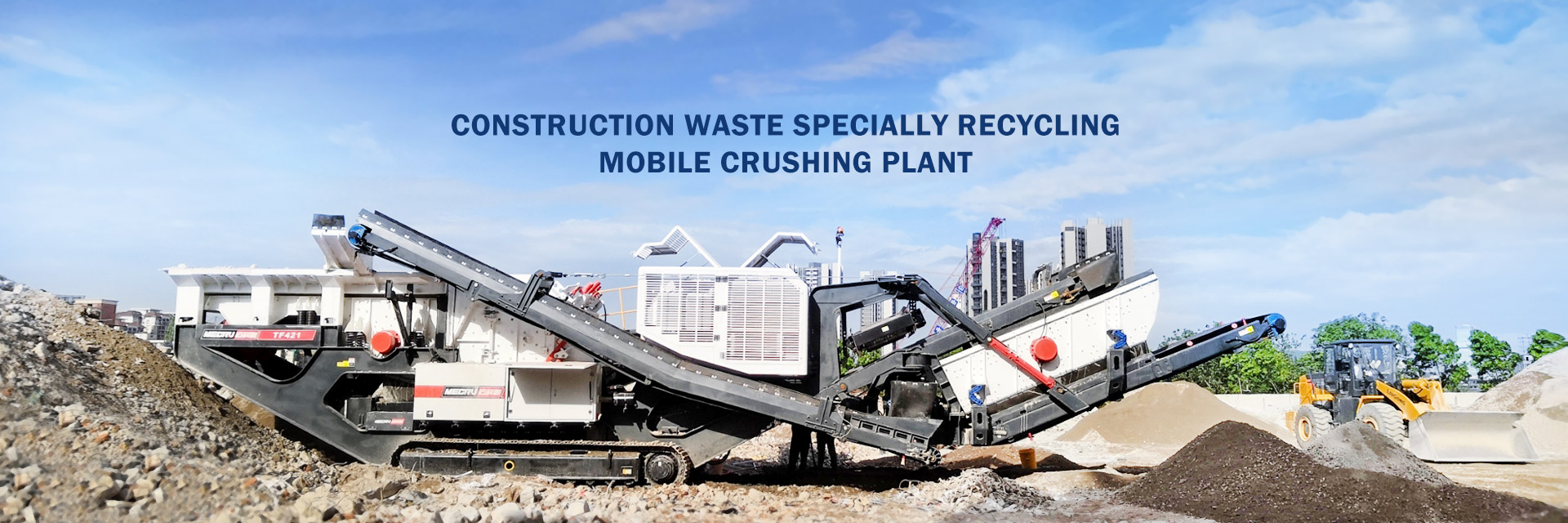Quartz stone is a hard and abrasive material, so crushing it requires specialized equipment designed for durability and efficiency. Here’s a breakdown of the best quartz stone crushing equipment for different stages of processing:
1. Primary Crushing (Coarse Crushing)
For initial size reduction of large quartz rocks (up to 1 meter or more):
– Jaw Crusher
– Best for hard materials like quartz.
– High crushing ratio, simple structure, low maintenance.
– Example models: PE series (PE600×900, PE750×1060).
– Gyratory Crusher
– Suitable for large-scale mining operations.
– Higher capacity than jaw crushers but more expensive.
2. Secondary Crushing (Medium Crushing)
To further reduce quartz to smaller sizes (~20–50 mm):
– Cone Crusher
– Ideal for abrasive materials like quartz.
– Hydraulic models (HPT, HST series) offer better adjustment and efficiency.
– Example: Symons cone crusher, HP multi-cylinder cone crusher.
– Impact Crusher (for softer quartz varieties)
– Uses impact force rather than compression.
– Suitable for less abrasive quartz with lower silica content.
3. Tertiary/Fine Crushing (Sand Making)
For producing fine quartz sand (~0–5 mm):
– Vertical Shaft Impact Crusher (VSI Crusher)
– Best for shaping and sand-making applications.
– Produces high-quality artificial sand with good grain shape.
– Example: Barmac VSI, Sandvik CV series.
– High-Pressure Grinding Roll (HPGR)
– Energy-efficient fine grinding option.
4. Grinding & Ultrafine Processing
For ultra-fine quartz powder (<325 mesh):
– Ball Mill
– Traditional grinding method for fine powder production.
– Raymond Mill
– For medium-fine powder (80–400 mesh).
– Ultrafine Mill (HGM Series)
– Produces superfine quartz powder (up to 2500 mesh).
 5. Auxiliary Equipment
5. Auxiliary Equipment
– Vibrating Feeder – Ensures steady material flow into crushers.
– Vibrating Screen – Separates crushed quartz into different sizes.
– Dust Collec – Essential to control silica dust, which is hazardous.
– Essential to control silica dust, which is hazardous.
Key




